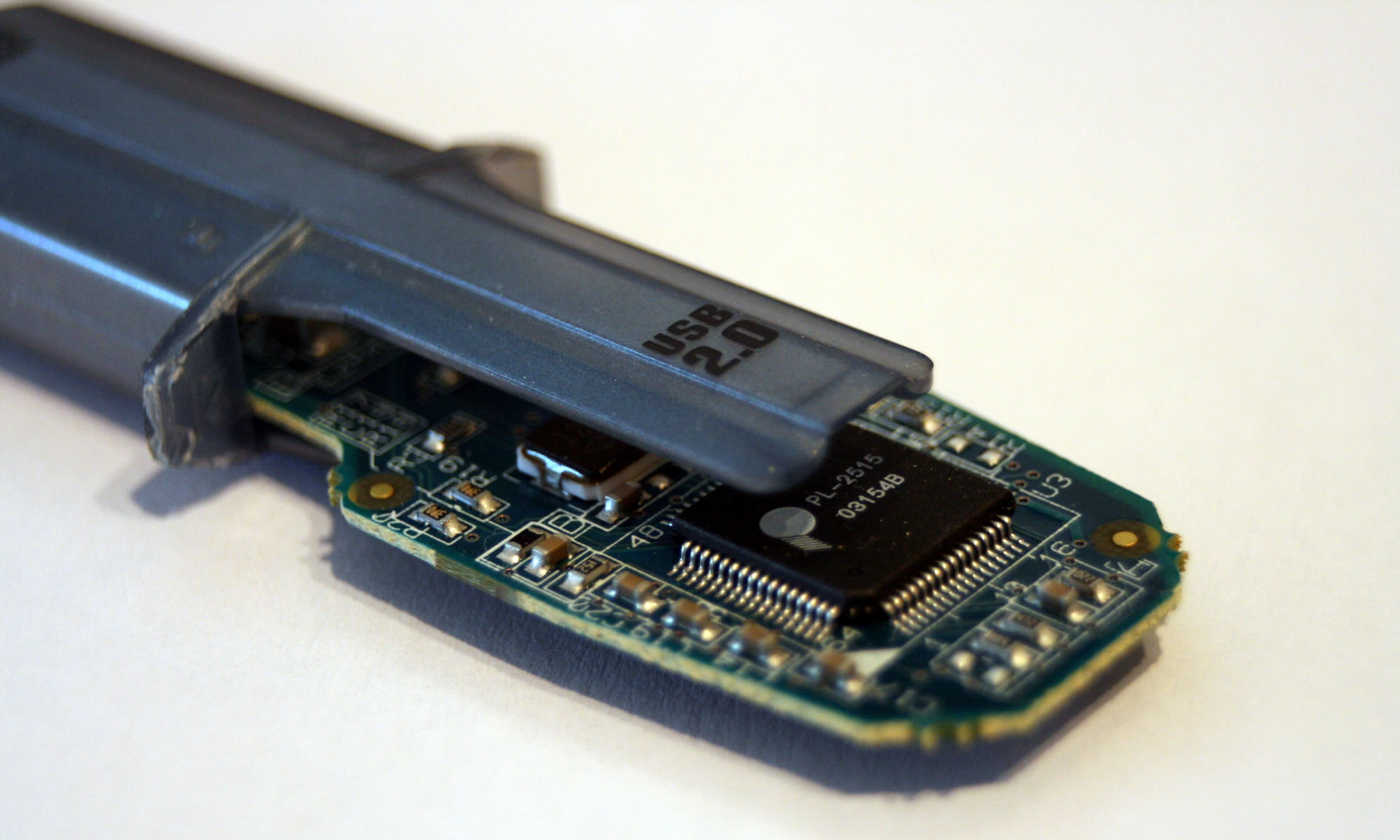
Travelling back from London I found on the back of the seat reservation cards on the First Great Western train I was a QR Code competition (or draw).

I didn’t actually notice them until I was getting off the train, the main reason they’re on the back and I was sitting at one of those rare table seats so didn’t have the back of the reservation card facing me.
You’re not really suppose to remove them I guess, so you’ll probably spend time trying to scan it in from your seat with the person sitting in front of you wondering what on earth is going on!
So quite a nice idea really by FGW, scan in the QR code and enter the competition, but alas the execution failed really!
Rather than use a QR code to create a text message it was only an URL which then sent you to a standard web page (not mobile optimised) which you then needed to fill in all the details.

It’s obviously not really a competition, more a draw to gather in personal information to send you loads of marketing materials. I don’t have much of a problem with that as you don’t have to enter and that’s all competitions are really, a way of gathering data.
However I couldn’t really see the benefit of using a QR code here, the point of a QR Code is to reduce or replace the need to enter text using a mobile device. However in this case the text you needed to enter (even the bare minimum) on the web form was way more than if you decided not to enter via QR Code and use the SMS entry details. It also assumes that you have 3G access on the train (no wifi with FGW) and that is most certainly not always the case.
This really was a pointless exercise in many respects and really missing an opportunity to take advantage of what QR codes can offer. To prove a point, this is one I created which will allow you to send an SMS just by scanning the code.

You won’t need to add any more information (in theory you need to add your e-mail address) and FGW will then get your entry and your mobile number; so they can then start sending you marketing SMS text messages.
As for the competition and the prize? Well if you do enter and win, you win an Amazon Kindle. Nice I guess as it is a great device… however when will you know you’ve won?

So the 8th August 2012, nearly a year away, by which time there will be new and different devices available.
As you will realise if you read this blog on a regular basis that we are seeing more and more QR codes in the mainstream, both media and corporates are using them, in the main for marketing purposes. However the execution of them is in many ways poor and done without thinking about the end user trying to scan and use them.

 Scrabble
Scrabble













